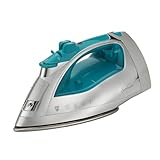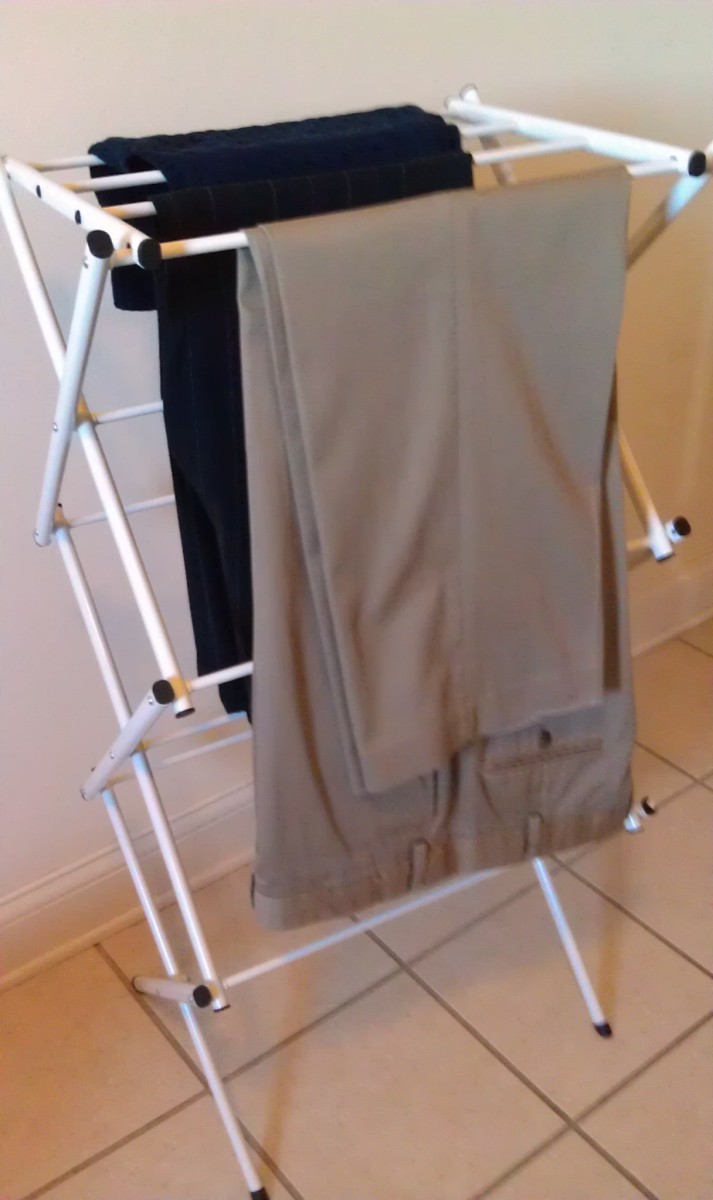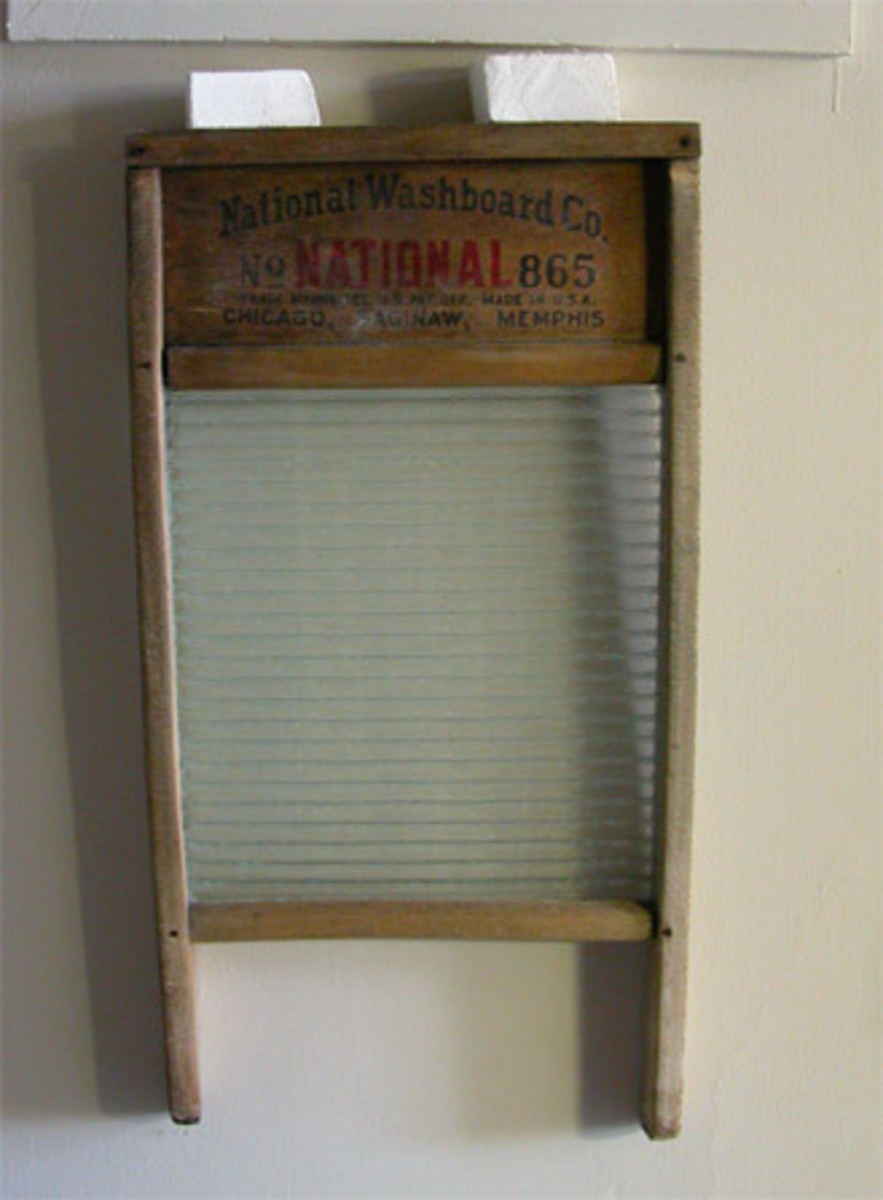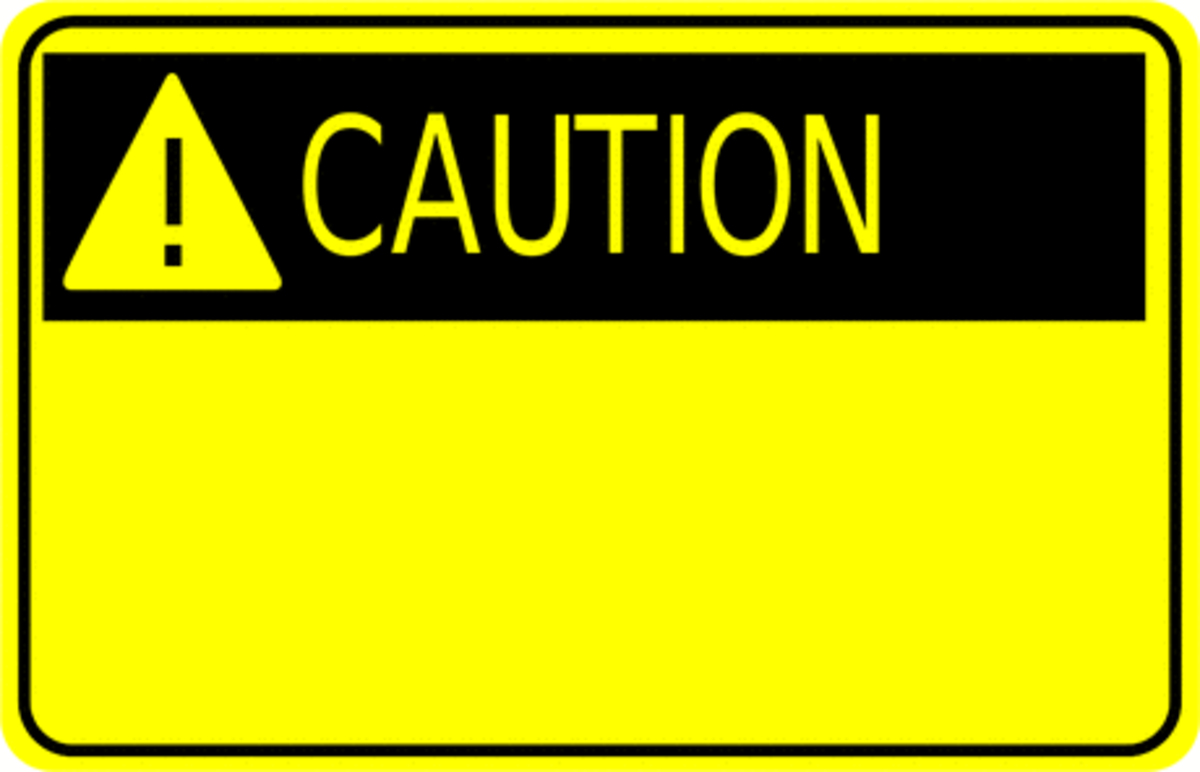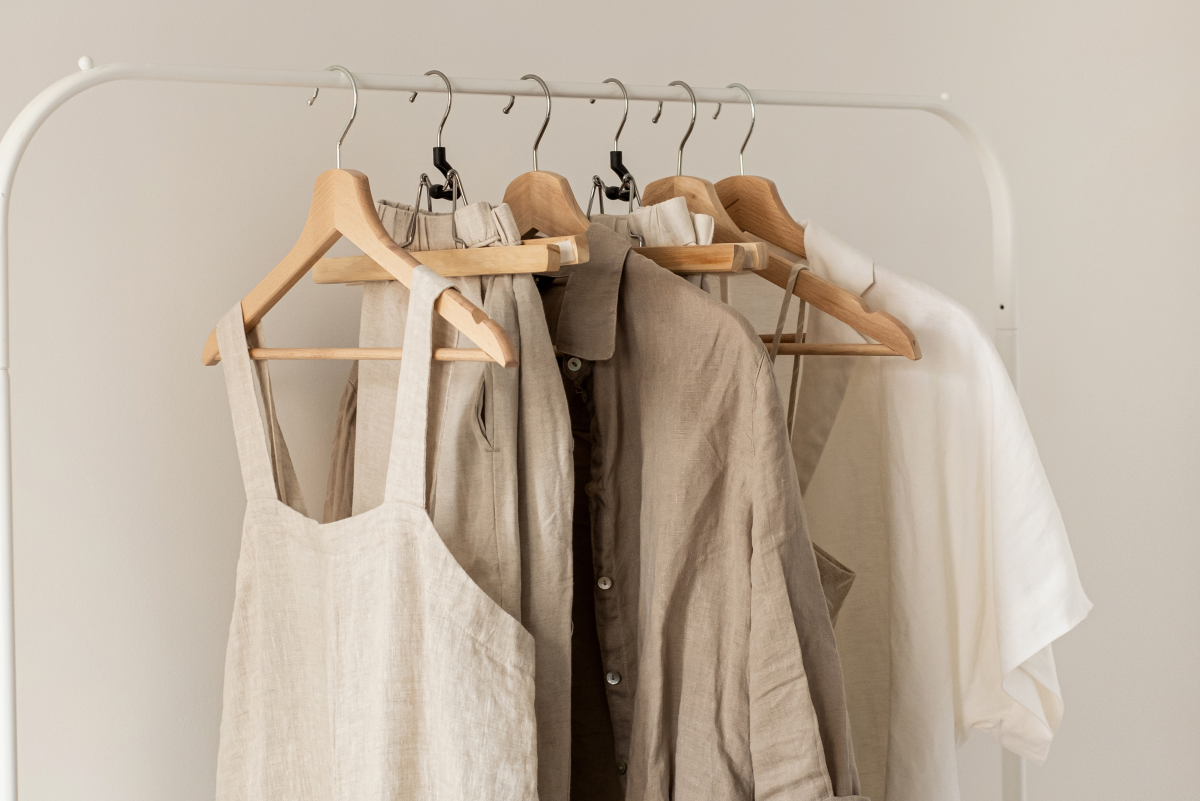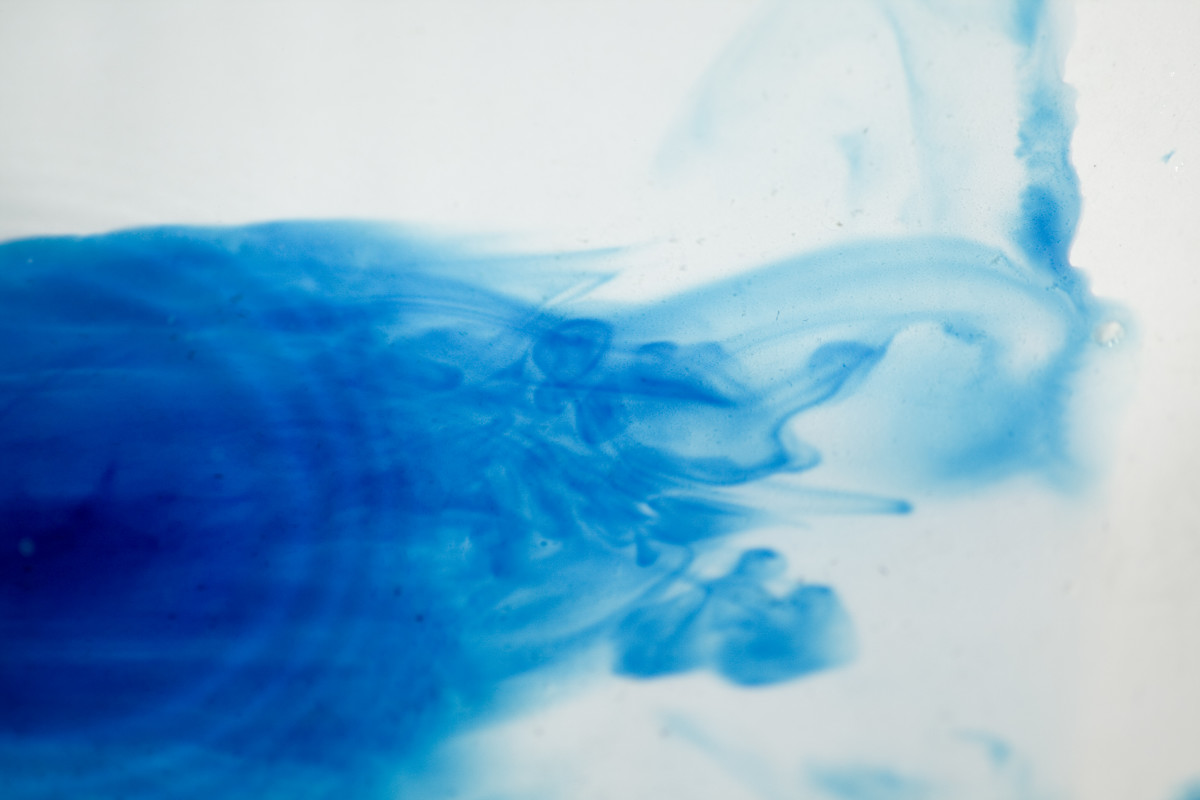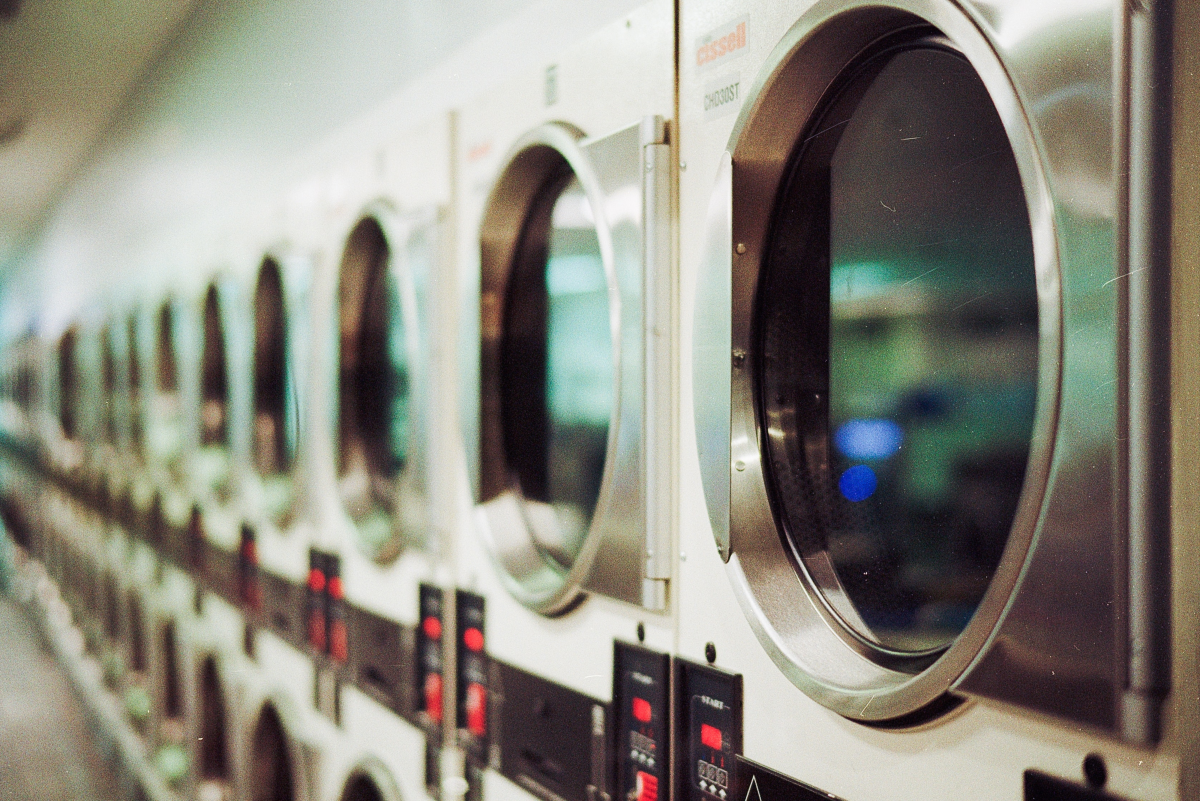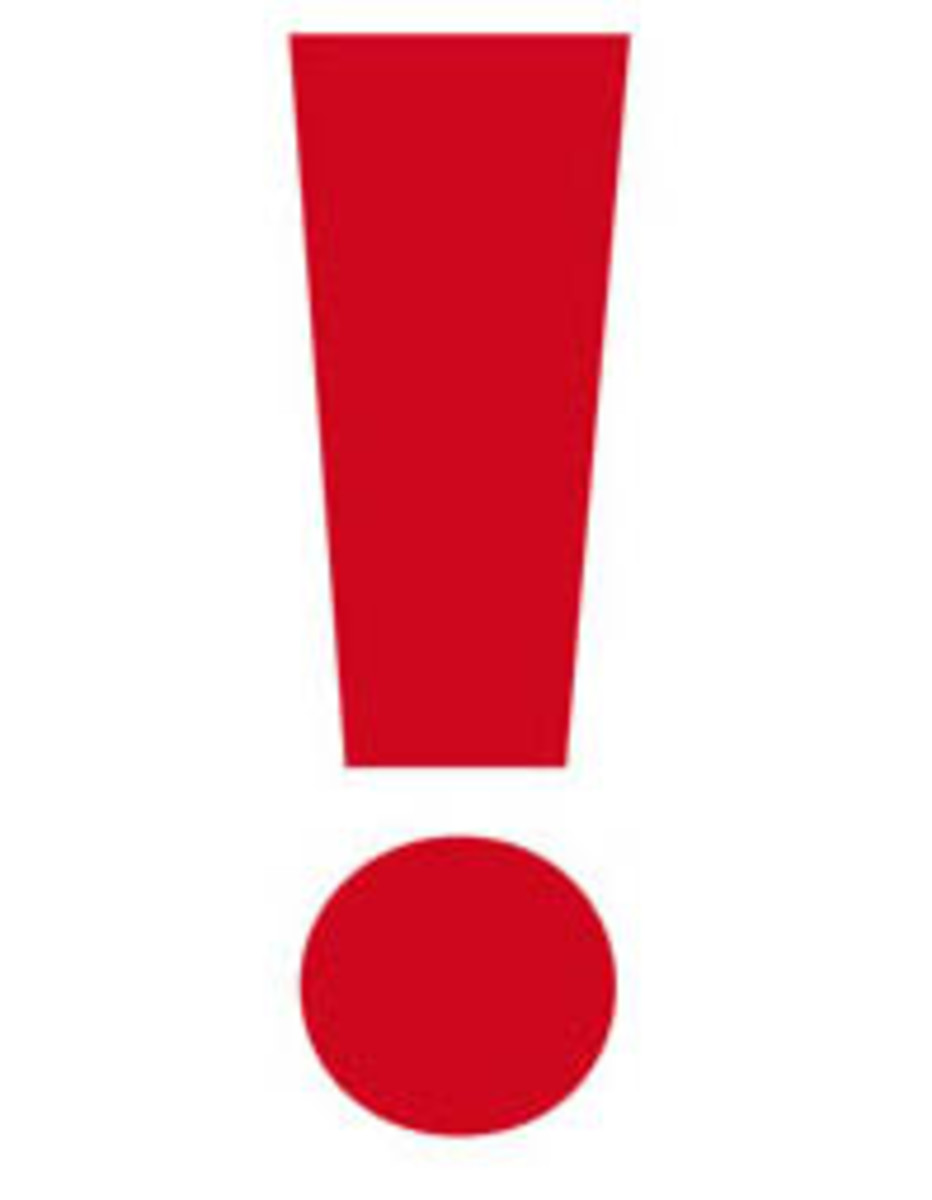Five Quick Simple Tips to Improve Ironing
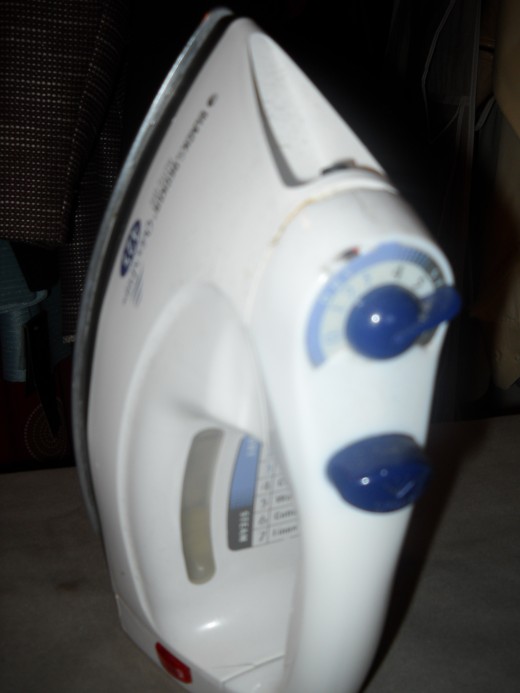
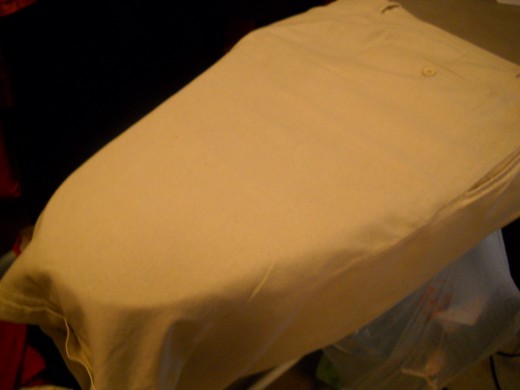
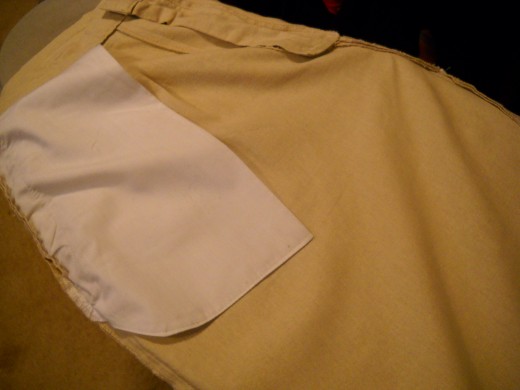
Do you hate ironing? Is it just one of those chores you wish you didn't have to do? Do you let someone else do it for you, therefore costing you money?
Ironing is defined as using a heated tool to remove wrinkles from clothing and fabric.
Well ironing regardless of all the scientific cloth improvements continually needs to be done on a regular basis, especially if you are a natural or eco friendly consumer. The truth is natural is always better and this includes the fabrics we chose to live with and wear.
But like most things in nature they need to be tamed and that is where ironing plays a significant role. We use the iron, the ironing board and starch or steam to assist us in making our clothes look good.
Which in turn makes us look good, especially if you are working to give a great first impression when meeting people or just to feel happy with ourselves.
Yet, the task can be aggravating, but it is a necessary evil and does not have to be frustrating. So, here are five quick and simple tips that will improve your ironing experience. There are lots more but these are my five top picks and hopefully they will help you take the work out of ironing your clothes and save you some money as well.
Brief history of ironing.
The Chinese were pressing out cloth with pans filled with hot coals before everyone else or at least as far as history is aware of, the first to implement this task. They stretched out the cloth and ran the heated pan over the fabric. Yet, in northern Europe they were using, smooth stones, glass, and wood to get rid of wrinkles. These continued in use even after blacksmiths of the middle ages invented and forged metal smoothing irons.
So, ironing has been a well established chore and has been well known for thousands of years.
The Iron and the Ironing board.
The iron and ironing board as we know it today has its beginning in the 19th century. It was brought to light as a heat retaining invention with lots of ingenious samples of the iron. By the 1900s early examples of electric irons were in use around the world. The iron board came along with the iron but it as well went through lots of changes, the Chinese started the process by pulling the cloth between two people, stretching and heating the cloth. Early examples found were made of whalebone or the iron sticks of Asia.
The board is a portable, heat resistant, adjustable table. The modern versions where we stand up over the board came into existence in the late 1800's, with the Victorian methods of household chores. Lots of patents were lodged with the government during this period.
Cleaning an iron.
Most of us don't think about cleaning our iron but like anything else it needs to be done especially if it is well used. Always follow the manufacturers guide to cleaning but if it is a steam iron you can add a small amount of white distilled vinegar to the water, let it steam, turn it off then lay it flat on a towel or plate to drain the jets / vents.
To clean the sole plate, use a damp cloth with baking soda, and while the iron is warm, scrub it with the cloth. Then use a cloth without soda to wipe clean, remember to check the vents.
Starch and Steam - the iron's assistant.
Starch is used to assist the heated iron to flatten out fabric. It is also used to give the cloth some stiffness or body, so that it does not re wrinkle easily when you are wearing it. This is really to help the piece of clothing to stay crisp and beautiful for hours on end.
Home made recipe for starch for ironing:
1 tablespoon of corn starch
2 cups of water
1. Mix the starch with the water until starch dissolves.
2. Transfer the mix to a spray bottle, always remember to shake well before using.
Making your own starch is cheaper than buying.
Caution when using homemade starch don't overdo it, so trial and error at first is to be expected but it is healthier for you, as well.
Starch note tip: if you don't have a spray bottle you can keep the solution in a jar or container with a lid and when needed shake, then dip your fingers in the mixture and sprinkle on the cloth or item to be ironed.
Steaming is very useful when ironing especially with fabrics like linen, which hold onto their wrinkles. The hot steam adds moisture to the fibers making them pliable and the smoothing of the iron as it runs over the cloth causes the fabric to release the folds.
Steaming tip note: If you have an iron without a steam option, don't fret, just sprinkle the cloth with water, until it is damp but not soaked and roll it up, wait for 5 to10 minutes, then iron at the highest heat the fabric manufacturer allows.
Tips:
1. Aluminium - place several strips of foil under the iron board cover. This helps to reflect the heat of the iron back up into the cloth on both sides.
2. Damp dry - after washing, don't completely dry the item you want to iron, leave it damp, then iron it, at the highest heat allowed, this helps and reduces the work. It is also healthier for the fibers and the longevity of the item.
3. Inside out and stretching out the wrinkle - whatever item you're about to iron turn it to the wrong side / inside out, spray with starch, pull out the wrinkles as much as possible and iron as usual. Then flip to the right side and iron to finish pressing. The tension helps with the quick release of the folds as you press them out.
4. Push away from the body - when ironing press the largest amount of fabric on the board then push cloth away from the body, so you don't create more wrinkles.
5. Starch and steam - spray starch on the inside / wrong side of garment. Use steam every time you can, especially with natural fabrics.
Recap -
1. Spray starch on the inside of clothing, especially delicate fabrics. Unless your dress shirt needs extra hold but spraying on the wrong side / inside of garment cuts down on shine.
2. Iron cloth from the center out to the edges. Largest areas to smallest areas, in the small areas use the tip of the iron.
3. Iron damp cloth. Not well, you want to do this when the cloth is just shy, maybe 10 minutes of being completely dry.
Caution NEVER OVER DRY CLOTHES IN THE DRYER!!! This shortens the life span of the fibers.
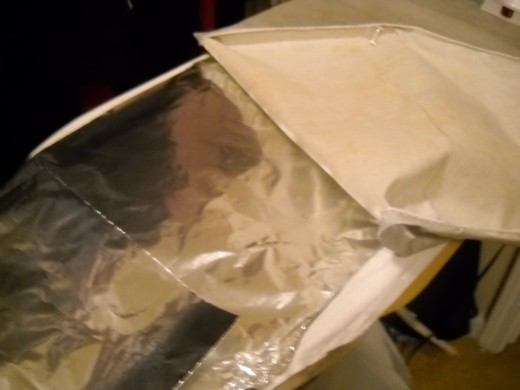
- TLC Home "Ironing: Electric Irons"
Electric irons and how to care for them is discussed in this section about ironing. Learn about electric irons.
- The Genuine Man.com - Ironing a Shirt
The Genuine Man.com - Helping Guys Become Men Shows You How To Iron A Shirt - With Photos


